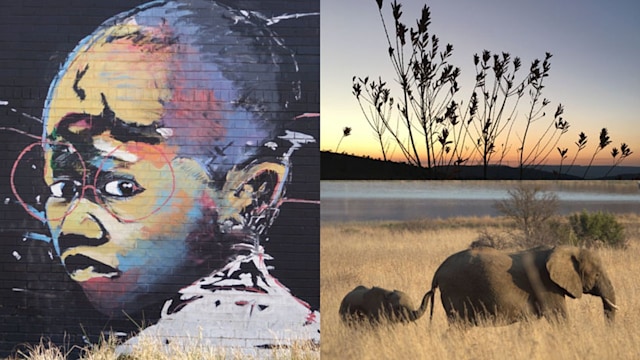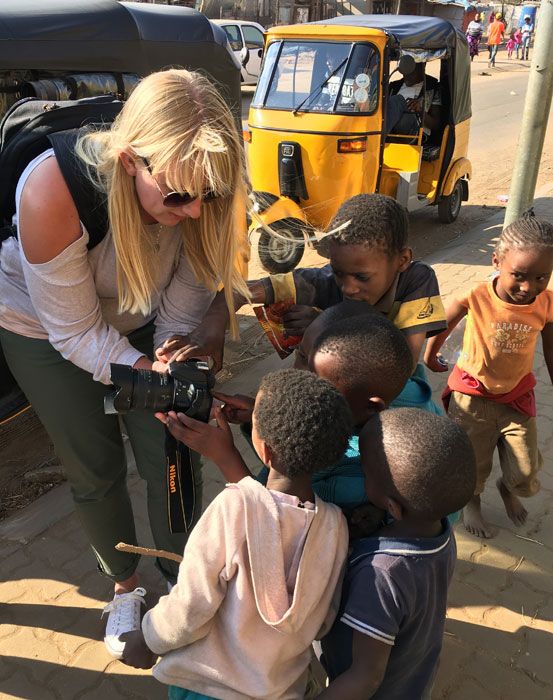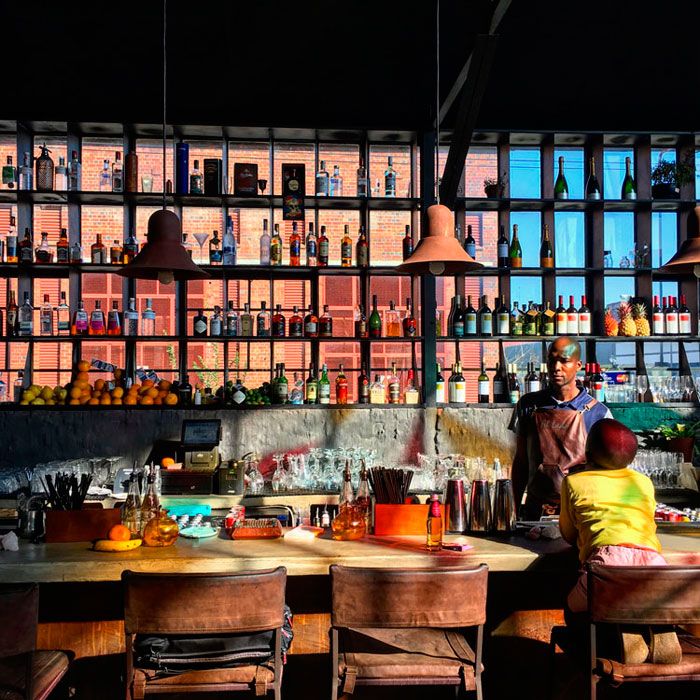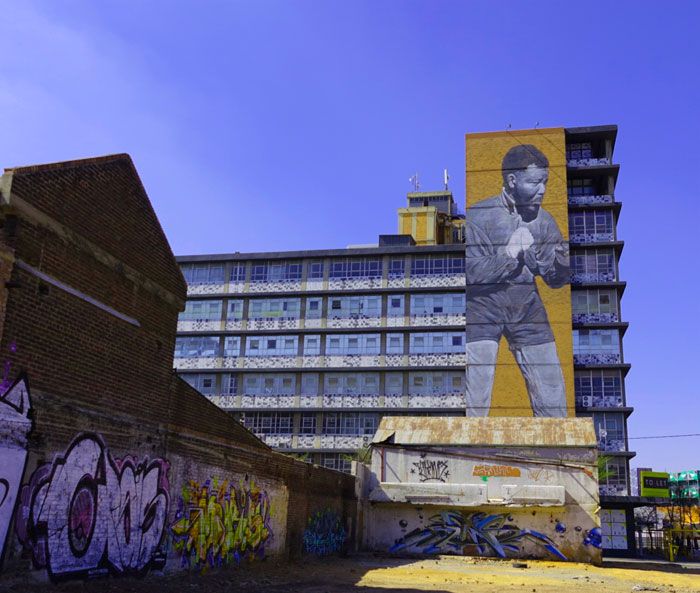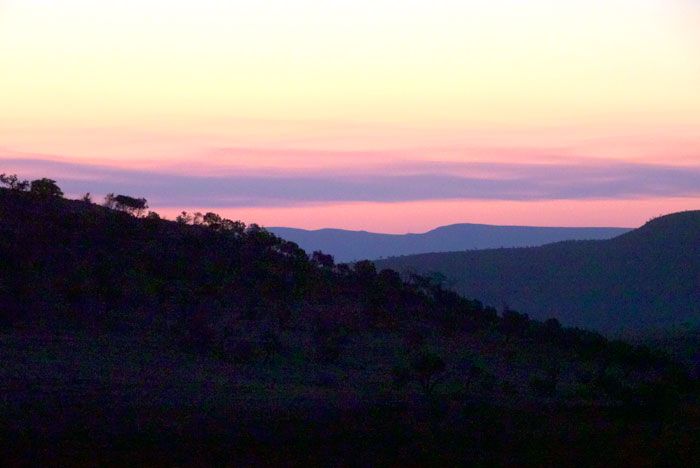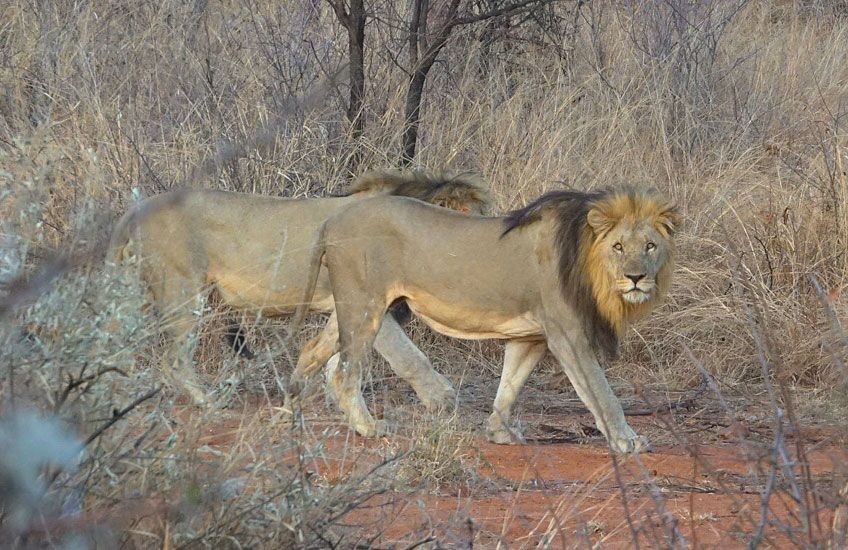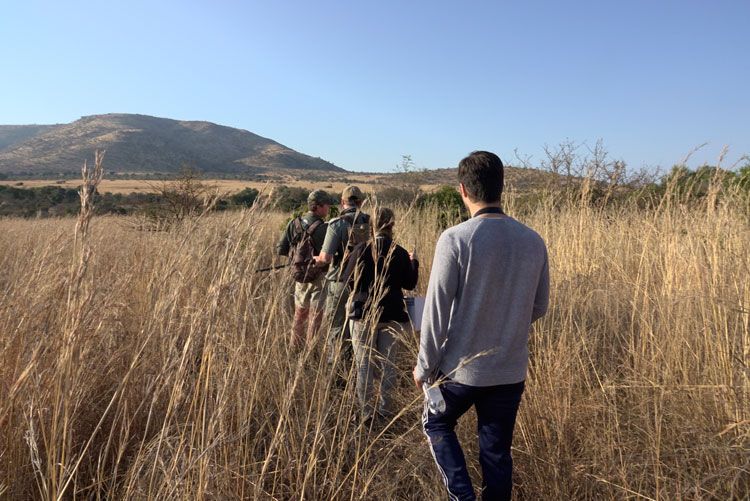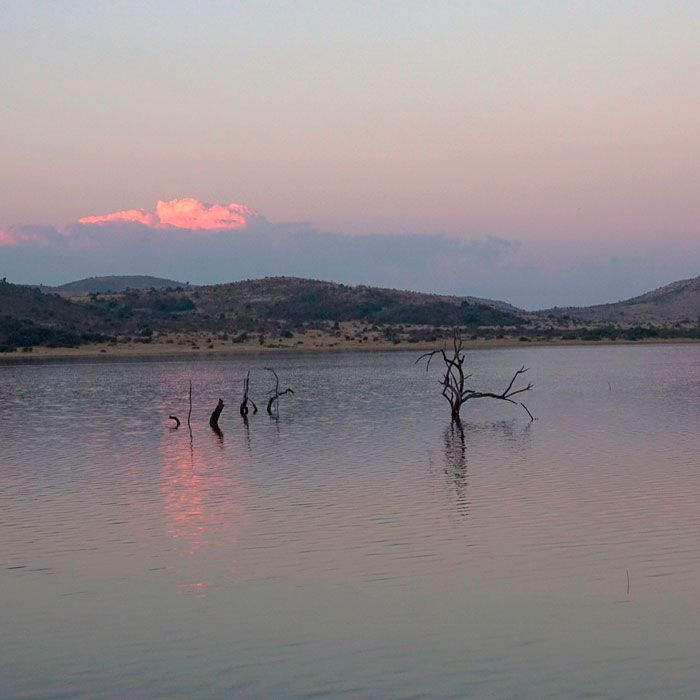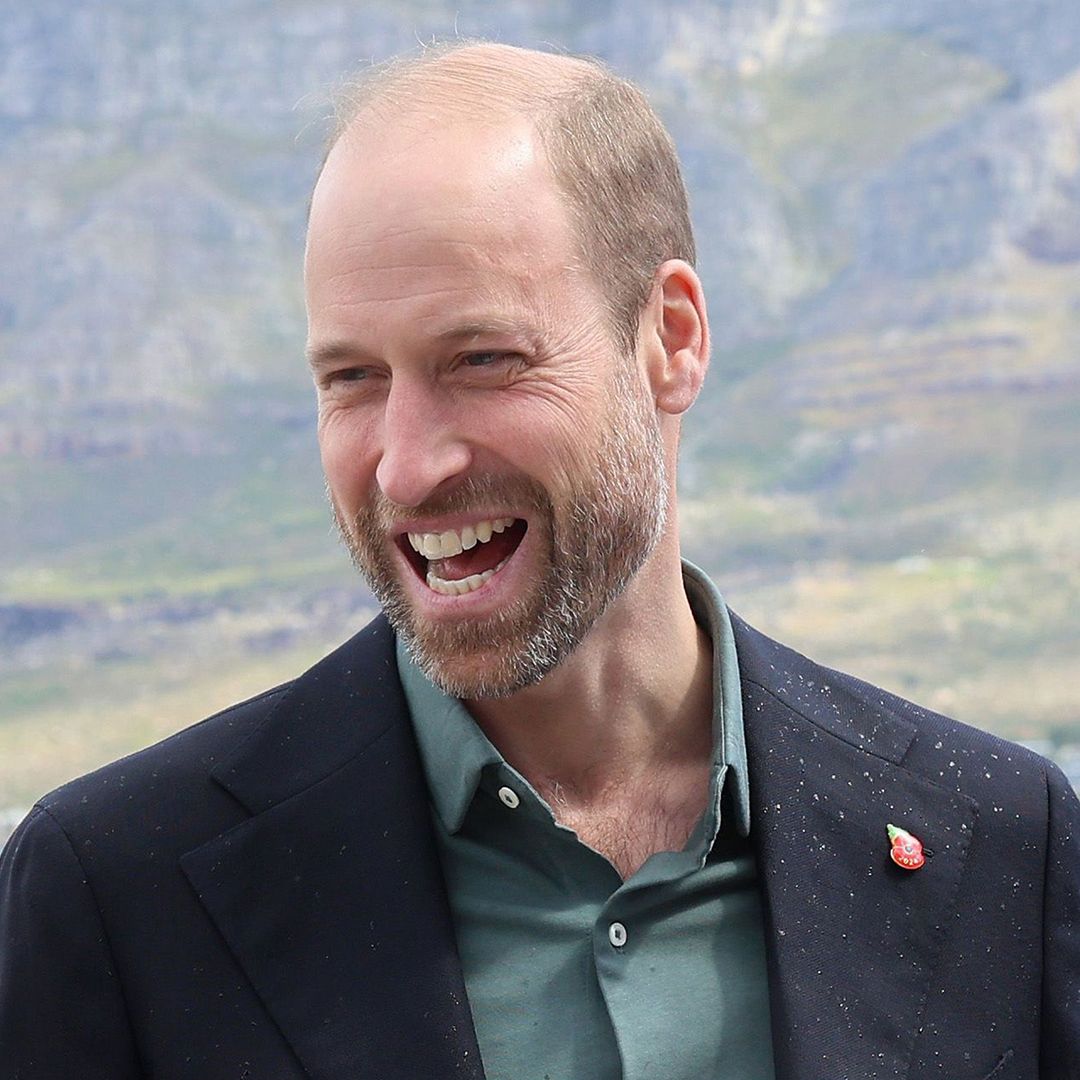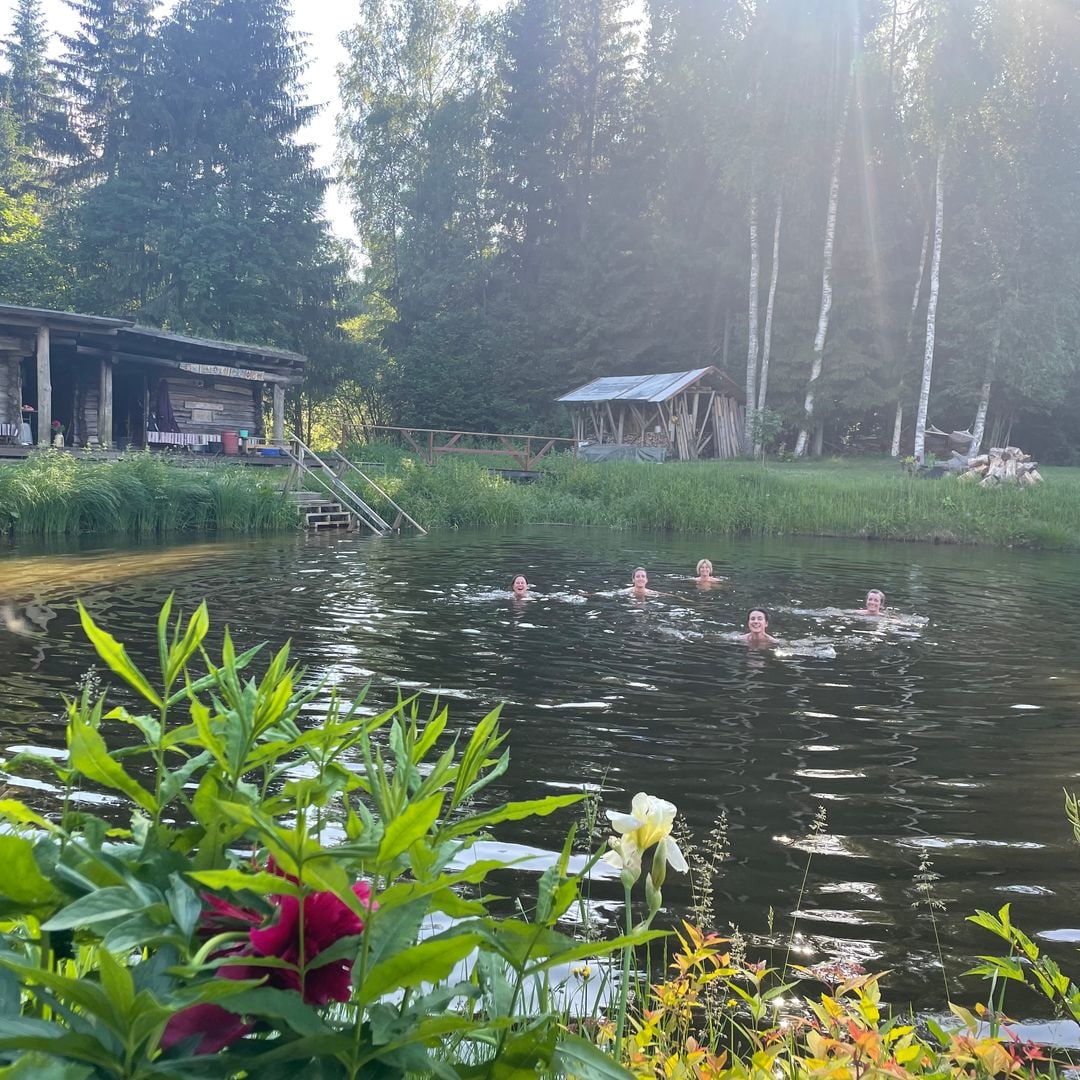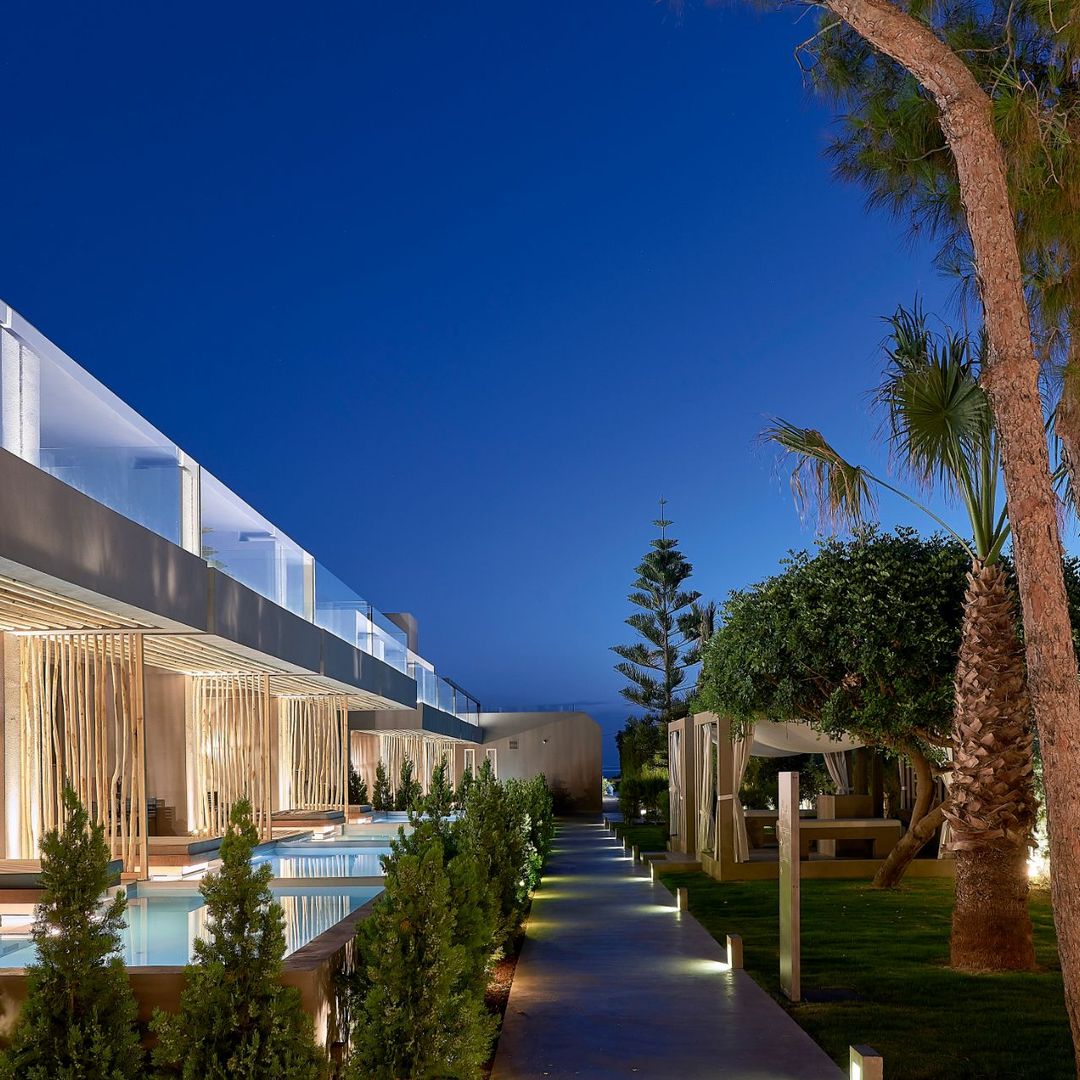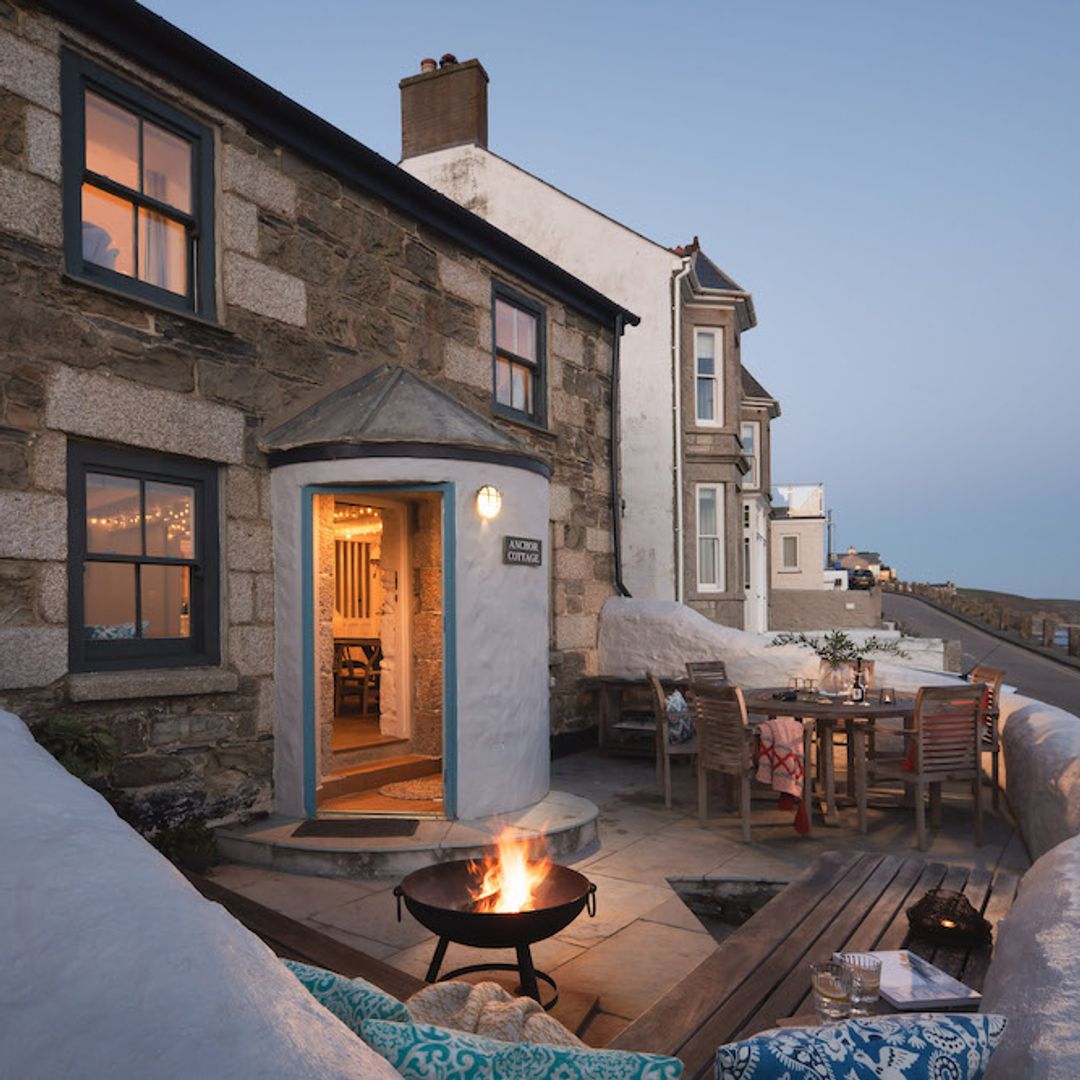It’s a funny thing when you return from a trip from South Africa, brimming with memories of amazing animals, mesmerising sunsets and inspirational people, that the only question everyone asks is, "Was it safe?". Was it safe? Yes – honestly, I never felt in any danger at all. But it was so, so much more than safe. It was bewitching, it was awe-inspiring. It was utterly unforgettable. AND it was safe. And you should definitely go.
I understand of course: when I was offered a trip to South Africa I too was concerned with its reputation as a wild and lawless land. "Don’t put anything in your checked luggage that you’re not prepared to lose," warned one friend, convinced Johannesburg Airport was a criminal Bermuda Triangle. "Don’t walk anywhere," advised another. But I can honestly say that from the moment I set foot in Africa’s most southern country, my fears abated. There are dangers in Johannesburg of course, just as there are in any major city. And South Africa has a long and chequered history – 16 years on, it is still emerging from the oppressions of Apartheid and the poverty and prejudice associated. But the overwhelming feeling in Joburg is one of hope and determination – and nowhere is this felt more so than in in the township of Soweto – my first stop.
Some children in Soweto keen to check out their photographs
Tourism is not just welcomed in South Africa, it’s vital. If the economy is to thrive tourists need to visit. It’s nearly 4 years since Nelson Mandela’s death and his centenary is next July, so Soweto, the place he latterly made his home, is gearing up for pilgrimages and celebrations. There are tours of the nearly 60-mile-squared area, once home to the black people displaced from Johannesburg under white rule. Many of them remain, but bit by bit, they are making a change. Audis and BMWs now line some of the streets (not a sensible investment, our guide Lungile, who took us on a tuk-tuk tour, admits, but you can’t blame people for wanting to display their once unfathomable successes).
MORE: See what happened when Victoria Beckham joined her family on safari
Our tour guide was inspiring, but it was the everyday people we encountered on his tours – some still living amidst the kind of shocking poverty I’d only seen on the TV before – that stick most in my mind. Children desperate for high fives, adults welcoming, full of smiles and hugs, despite not benefiting personally from being the focus of our visit. Their openness was humbling and infectuous - I wasn't sure I'd be quite so open to visitors with a near history like theirs.
A similarly palpable feeling of hope was to be found the following day in the hip and developing area of Maboneng Precinct - Jozi’s version of Shoreditch – but with so, so much more soul. Things we take for granted (police, rubbish disposal, basic ameneties) are not givens for all Johannesberg residents, but in this area to the east of the city, private investors have stepped in, taking over warehouses and other large buildings and filling them with art, markets, bars and eateries. It’s incredibly cool, and thanks to the investors' financing of security (just men in high vis vests, not the armed guards I’d expected) visitors and locals are free to roam.
One of Maboneng's cool bars
Maboneng is exciting, a living, bustling hub of regeneration and there's lots to do. From taking tours of the world-class street art, enjoying stories of the city’s subculture to drinking sundowners on rooftop bars while DJs play tunes and everyone dances, you won't want for things to do in this area. You can wander all weekend and while away the hours eating, drinking, shopping, just hanging out - and many of South Africa's cool squad do just that.
LOOK: Celebs and royals go on safari
While Maboneng is quite safe to walk round, there are of course areas of the city that are best avoided as a tourist. Johannesberg isn't generally a walking city, but that's not uncommon. Nobody walks in LA. There are parts of New York you shouldn’t visit alone at night. In Johannesburg there are areas to roam and others to drive through; regeneration has not reached all neighbourhoods. But there’s such a great tourism infrastructure in the city, that the restrictions need never concern you as a visitor. Our hotel ran regular shuttles to Maboneng. Uber is in full force, and with tour guides as passionate and knowledgeable as Past Experiences’ Jo Buitendach, there’s no reason not to be able to explore.
Nelson Mandela towers down from a sky scraper in Maboneng
Of course while city life in Johannesberg is invigorating, fascinating and inspiring, you don’t go all the way to South Africa without thoughts of safari. Our trip towards Pilanesberg National Park and Game Reserve, home to the big 5 and just three hours out of Johannesburg, was on my mind the whole time I was in the city – but our journey north-west was broken up by another stop first.
The Cradle of Humankind sounded intruiging: the place where a recent discovery of a hominin skeleton (pre-human, but related, to the less initiated) had turned modern anthropology on its head. This part of the globe is literally the cradle of our species – and thanks to some prejudice in the world of archaeology, the gems on offer in Maropeng are only now being appreciated. A visit to the Sterkfontein Caves, just a short distance from the Rising Star formation where this amazing hominin was found was truly fascinating. And if you’ve ever enjoyed the dinosaurs at London’s Natural History Museum, the Cradle of Humankind exhibition will delight.
The sunsets a Maropeng are breathtaking
But it was the sunset and vistas at the Maropeng Hotel that for me was the the highlight of my trip to this fascinating area of the Gauteng Province - it literally took my breath away. The vista was immense – the sky a stunning shade of pink, and the land wild, barren, the Africa I’d seen on the big screen. I’d heard people saying that visiting Africa touched your soul. In that moment I understood exactly what that meant. Whether it was a day spent amongst the skeletons, trying to understand my own genealogy, or whether I would have felt it anyway, I don’t know. But in that moment all the ‘welcome home’s I’d been offered on my day in the cradle, made complete sense.
The next day it was time for the big event. My first safari from the Kwa Maritane Bush Lodge was something I’ll never forget. Coming face to face with a fully grown male elephant at dusk, stalking a family of lions as they themselves stalked some unsuspecting zebra, finding a (sadly endangered, due to extreme poaching for tusks) white rhino and her calf were moments so awesome you realise why the word was invented.
Lions out hunting at dusk
A walking safari the next day – yes, actual walking – in the bush amongst the animals, tracking rhino and (thankfully) dodging lions was a heady, thrilling mix of amazement and (as the reality set in) terror. A few hours were then spent enjoying our luxurious Bakubung Bush Lodge before a second dusk safari resulted in a cheetah, bringing my Big 5 count to 4 – only a buffalo had evaded me on my first attempt at David Attenborough impersonation.
Taking on the African bush on foot
I sat in a bird hide and watched the pink moon rise – one of the most spectacular natural occurrences I’ve ever experienced, and then, under cover of darkness I was transported in our open-sided safari vehicle to a bush braai – to enjoy food, wine and amazing South African hospitality courtesy of a local teenage choir who sang and danced the night away.
The sun sets in Pilanesberg National Park
It’s all so amazing that you run out of superlatives. There are zip wires to speed on, hot air balloons to ride. The only uncomfortable part of your trip the realisation that it must come to an end. Of course it had to, and as I sat on the train from Johannesberg’s affluent Sandton area to the airport, I marvelled at how different my trip had been – how completely at odds my experiences were to the warnings I’d received. And I realised one truth: the most terrifying thing about South Africa is that your preconceptions and fears might prohibit you from visiting. That would be very sad.
For more information about travelling to South Africa visit the South African Tourist Board here.
